CBG The New Cannabinoid
Estimated reading time: 8 minutes
Introduction
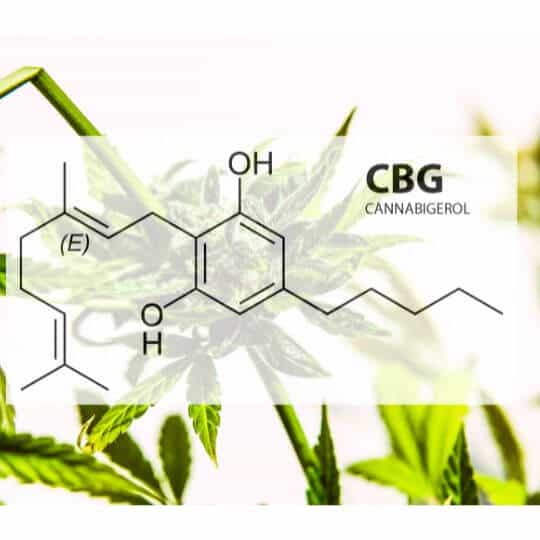
By now, most people familiar with cannabis and hemp have heard of THC (tetrahydrocannabinol) and CBD (cannabidiol) and their effects, but did you know there are many similar compounds in cannabis? And the next one in line for great attention is CBG……
What is CBG (Cannabigerol)
CBG is a non-intoxicating cannabinoid, meaning it doesn't produce the “high”. Because it is present in low levels (usually less than 1%) in most cannabis strains, CBG is considered a minor cannabinoid. Amazingly, however, both THC and CBD start out as CBG— CBG is the chemical parent of THC and CBD.
CBG is important because of its numerous health benefits, especially for people with disorders affecting the central nervous system, including neurological diseases, depression and anxieties, and chronic pain. It can also affect the body by increasing anandamide levels. Anandamide is a naturally-occurring cannabinoid that helps regulate many biological functions, including appetite, sleep, and memory.
What do we know so far about CBG

Cannabigerol, which is shortened to CBG, is a less well-known cannabinoid that is found in the cannabis plant. Even though it's not as common as CBD or THC, CBG has got a lot of attention for its unique qualities and possible medical benefits. Let's look at what we know about CBG right now.
Non-psychoactive
Like CBD, CBG doesn't have the “high” effects that people usually associate with THC. This means that using CBG alone won't make you feel “high” or change the way you think, which could make it a good choice for people who want the healing benefits of cannabinoids without getting high.
Possible Antidepressant and Anxiety-Reducing Effects
Studies have shown that CBG may have antidepressant and anxiety-reducing effects. CBG has been shown to work with serotonin receptors in the brain, which help control mood and feelings. This interaction may add to the idea that CBG could help relieve depression and anxiety feelings.
Bone Growth and Healing
Research shows that CBG can help bones grow and help the body heal. In a study done on cultures of bone marrow, it was found that CBG and other cannabinoids indirectly stimulated bone marrow stem cells by acting on the CB2 receptor. These results show that CBG may help make new bone and help broken bones heal.
Anti-Inflammatory
CBG has shown potential as an anti-inflammatory agent. It works by interacting with the molecules that cause inflammation. This could help people with pain problems, cancer, and inflammatory bowel disease, which are all linked to inflammation. The fact that CBG can block COX-2, like non-steroidal anti-inflammatory drugs (NSAIDs), adds to its promise as an anti-inflammatory agent.

Possible Cancer-Fighting Effects
When combined with other cannabis, CBG has shown it may slow the growth and spread of tumours and cancer cells. Research shows that CBG, along with CBD and CBC, may stop tumours from growing, which could help people with cancer live longer. Even though more research needs to be done, these results suggest that CBG could be used to help treat cancer.
Treatment for Skin Problems
CBG and other cannabinoids may be useful in healing a number of skin problems. Cannabinoid receptors are found in the skin, and research shows that the way CBG interacts with these receptors could help treat skin disorders like psoriasis. CBG may be able to help make skin healthy because it reduces inflammation and fights free radicals.
Neuroprotective Potential
CBG has shown neuroprotective benefits in animal studies aimed at treating neurological disorders like Huntington's disease. The research shows that CBG is a powerful neuroprotection that helps mice with Huntington's disease move and recover and keeps neurons from dying. CBG could also be a neuroprotective agent because it may have anti-inflammatory and antioxidant benefits.
Even though we are still learning about CBG, these early results show that it may have therapeutic uses. It's important to remember that more study is needed to fully understand how and why CBG works. As scientists learn more about CBG, we can expect to learn more about this interesting cannabinoid and how it helps people's health and well-being.
The benefits that CBG has to offer

The benefits are closely tied to what it does in the human body. In the right dose, CBG acts as an:
- Analgesic (relieves pain).
- Antibacterial (slows bacteria growth).
- Anti-convulsive (reduces seizures and convulsions).
- Anti-inflammatory (reduces inflammation).
- Anti-insomnia (aids sleep).
- Anti-proliferative (inhibits cancer cell growth).
- Antidepressant (raises mood).
- Bone stimulant (promotes bone growth).
- Brain cell stimulant (promotes neuron growth)
More from our blog:
What disorders can CBG help?
- Glaucoma
- Inflammatory bowel disease.
- Anti-inflammatory disorders.
- Epilepsy.
- Chronic pain.
- Depression.
- Osteoporosis.
- Insomnia.
- Huntington's disease.
- Cancer.
- Low appetite (resulting from chemotherapy and other treatments).
- Psoriasis.
How is CBG created

Young cannabis plants, which have more CBG than fully grown plants, are where CBG comes from.
Some types of marijuana, like White CBG, Super Glue CBG, and Jack Frost CBG, have more CBG than others. These strains are grown in a way that makes them create more CBG.
CBD and THC both come from CBGA, which is an acidic form of CBG. Because of this, CBG is found in bigger amounts in cannabis plants that are younger.
CBG is found in very low amounts in fully grown plants with high amounts of THC and CBD. This happens because as the plant grew, most of the CBG was turned into CBD and THC.
Because CBG is hard to get, cannabis growers have been trying to get cannabis plants to make more CBG by cross-breeding and changing their genes.
CBG: How to Use It
Oil is the most popular form of CBG on the market, but it is rare and expensive.
Broad-spectrum CBD oils, on the other hand, have almost all the cannabinoids found in weed. This has CBG in it, but not THC. The more cannabinoids you use together, the more successful they will be. This is called the “entourage effect.”
CBG vs. CBD
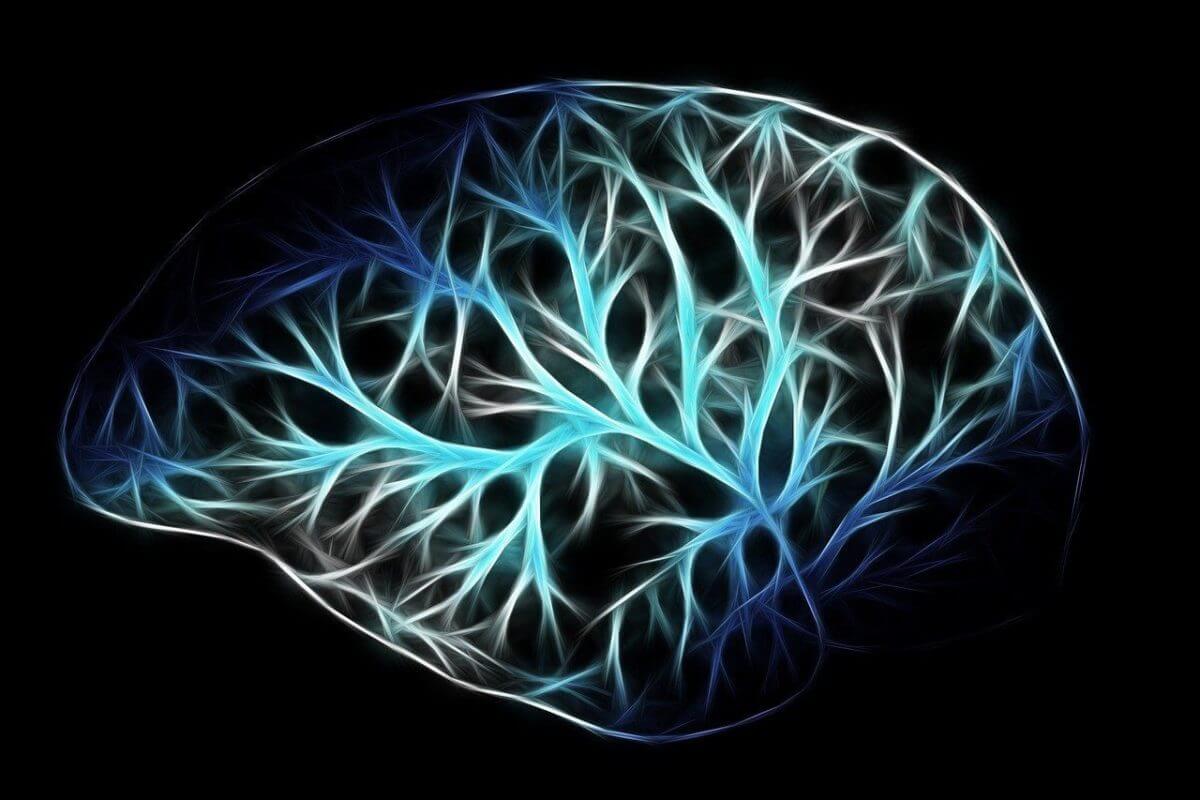
Cannabigerol is a lot like CBD in many ways:
- Both work on the body's own system of cannabinoids.
- They aren't psychoactive, which means that they don't make you feel “high.”
- They can stop THC from making you feel high.
- CBD and CBG are very different in a lot of ways, but one of the biggest ones is that most cannabis plants only have about 1% CBG but up to 25% CBD.
This cannabinoid and the endocannabinoid system don't work the same way as CBD. CBG binds straight to both CB1 and CB2 receptors, which could help the body get the most out of its benefits.
Scarcity of CBG
THC, CBD, and other cannabinoids are much easier to make than CBG. Because CBG is a lot like CBD in many ways, companies would rather make CBD. This makes CBG goods quite expensive. Since CBG might have benefits, though, experts are looking for ways to make it easier to make and make it more widely available.
FAQ – CBG The new cannabinoide

CBG, or Cannabigerol, is a non-intoxicating cannabinoid found in cannabis plants, meaning it doesn't produce a “high”. Unlike THC, CBG doesn't affect your mind in a psychoactive way. It's considered a minor cannabinoid because it's present in lower levels than THC or CBD in most strains. Interestingly, both THC and CBD start as CBG, making it a chemical parent to them.
BG has been linked to numerous health benefits, particularly for disorders affecting the central nervous system like neurological diseases, depression, anxiety, and chronic pain. It can also increase levels of anandamide, a naturally occurring cannabinoid in the body that regulates biological functions such as appetite, sleep, and memory.
CBG comes from young cannabis plants that have a higher content of this cannabinoid than fully mature plants. Strains like White CBG, Super Glue CBG, and Jack Frost CBG are bred specifically to produce more CBG. Over time, as the cannabis plant matures, CBG is converted into other cannabinoids, including THC and CBD.
CBG is challenging to obtain because it's found in very low amounts in mature cannabis plants, leading to a complex and costly production process. Its rarity and the increased interest in its potential benefits make CBG products more expensive than those containing more common cannabinoids like CBD.
The Real CBD – CBG Products
-
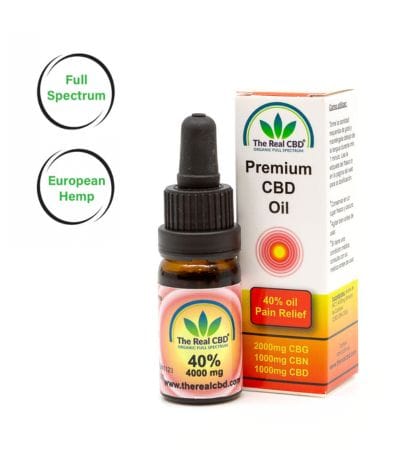 40% Pain Relief oil€179.00
40% Pain Relief oil€179.00 -
Product on sale
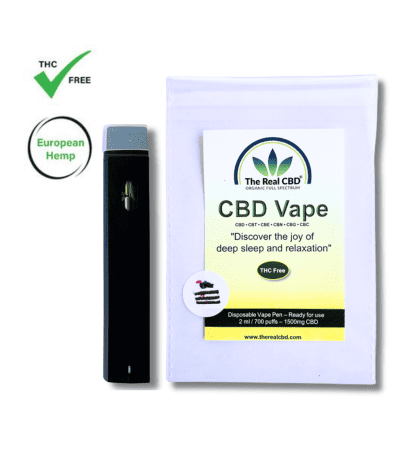 CBD Vape – Broad Spectrum€30.00 – €45.00
CBD Vape – Broad Spectrum€30.00 – €45.00

I am a certified expert in Medicinal Cannabis. We are all about giving correct and trustworthy information. We know how important it is to learn about CBD and cannabis, which is why we want to be your go-to source for trustworthy information. We help you improve your health by using our knowledge and experience as a starting point.
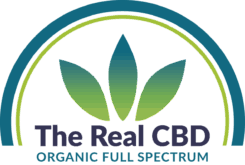
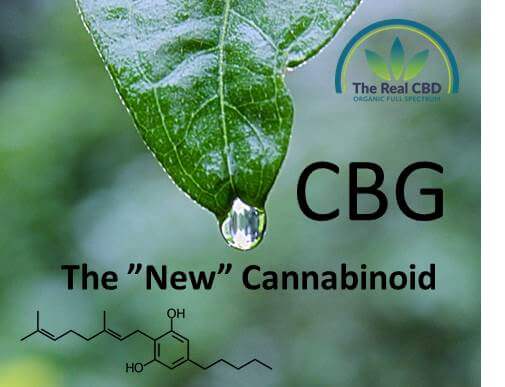
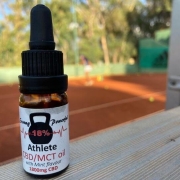



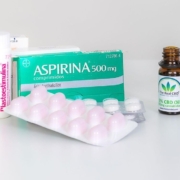

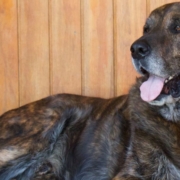
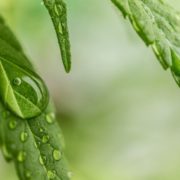




Leave a Reply
Want to join the discussion?Feel free to contribute!